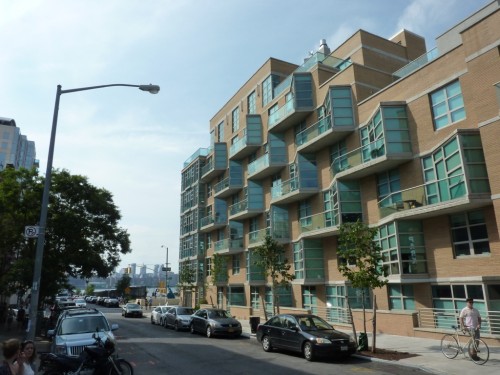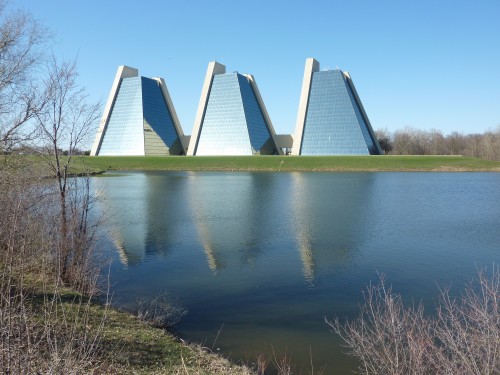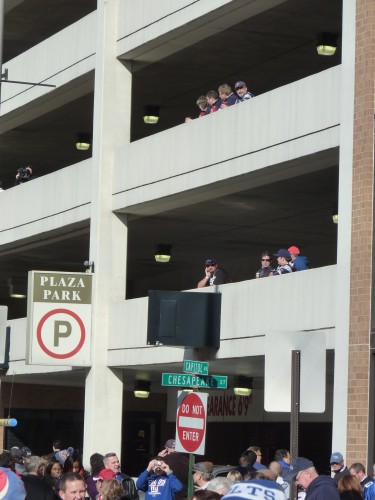
The Balcony is one of my favorite architectural inventions. They are important both in terms of aesthetic character and function, as they can give buildings a special look or a special purpose. For example, the balconies on the Marina City or Aqua Tower in Chicago become their identity, either by being repetitive or being different, whereas the balconies of the French Quarter buildings in New Orleans become platforms for a street party almost independent of the buildings themselves.




Balconies are a blend of public and private space, giving people spatial separation but maintaining visibility in both directions. They are places where the synergy of shared public space begins to make sense, and a district with good balconies is usually a district worth celebrating. They are a great opportunity for architectural expression. They can frame a special view of the city skyline. They are flexible spaces that could be used for a political stage or for hanging laundry.




We know that balconies and similar architectural elements are very important in creating a feeling of community, but they began disappearing from American neighborhoods in the 1940s. Not only were TV and Air Conditioning becoming widespread, but the suburbanization of our cities and streets had begun. People were not prioritizing outdoor public space after the roads became highways and the sidewalks became barren. Developers began including fake balconies as a nod to historic character and leaving out the real thing.



The frequent omission of balconies from modern buildings means that I’m always excited to see them in new developments. The demand for balcony space is clearly evident for anyone who pays attention. I find it interesting when people use other parts of the building as makeshift balconies.  It’s amazing to see people responding naturally to large crowds in the streets (even though as an engineer who frequently designs guardrails, it frightens the hell out of me to see people exposed to risk like that). It’s my hope that as the city begins to create its own special places we will find ways to restore old balconies and build new ones. But most importantly, I hope that our city continues to give people a reason to use them.





Great article!
Some buildings like Real Silk (Mass Ave) have built-in sunrooms (winter) which can become balconies (summer) by opening their large windows . Or the building on 111 S. Meridian – back of that building looking over Scioto Street has these large built-in balconies with fans hanging. I don’t know if those are apartments/condos or office space, but the three upper levels don’t have windows enclosing the space. I love that aspect of those two buildings…
You forget the prevalent stunted, nonexistent balconies developers are now giving us.
Really Interesting Read Graemme ! Aqua and Marina City are both excellent examples of buildings with prominent balconies cited by you. Anyhow, who doesnt love balconies – I know I do.